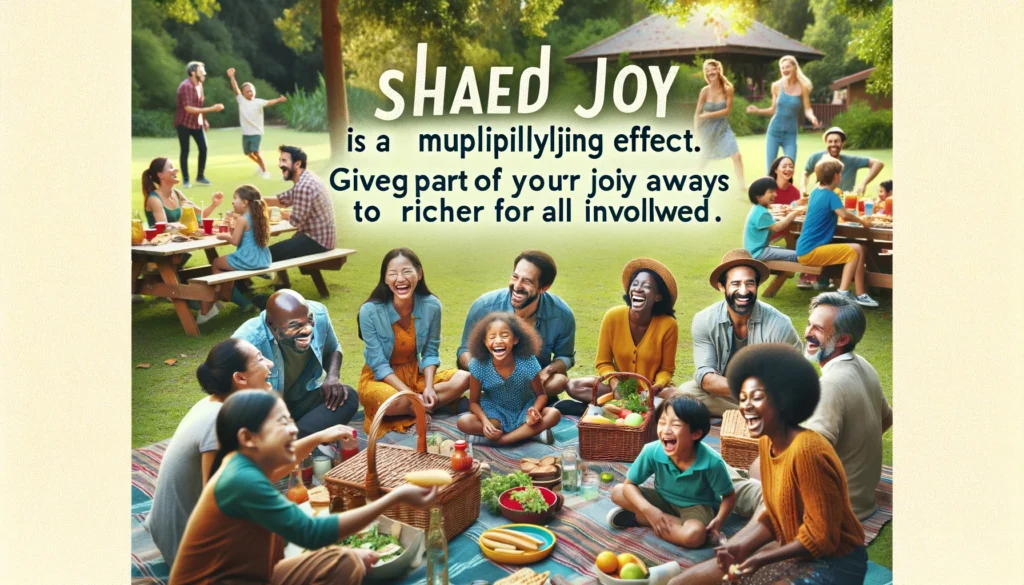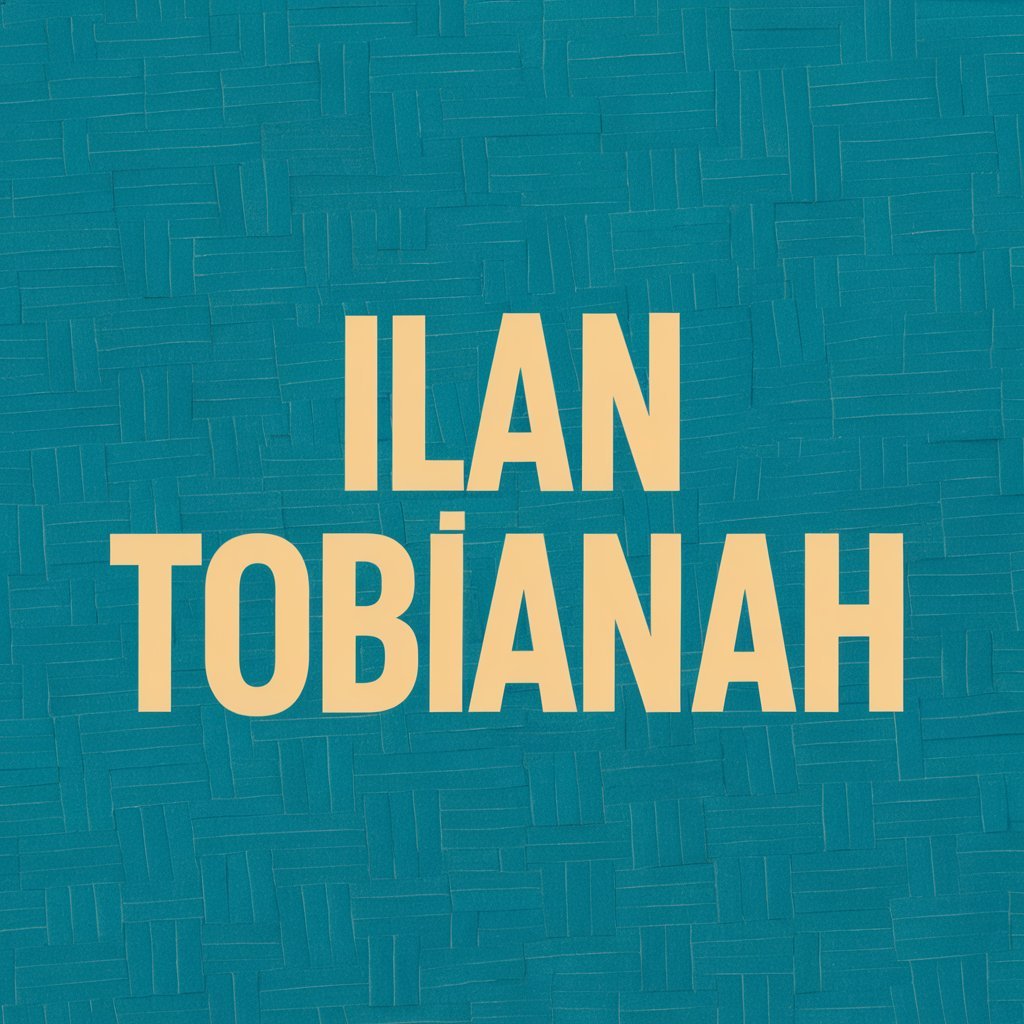Shared Joy is Double Joy; Shared Sorrow is Halved – Tymoff
Sharing our emotions has a strong impact on our brain chemistry and the strength of our social connections. The

Sharing our emotions has a strong impact on our brain chemistry and the strength of our social connections.
The saying, “Shared joy is a double joy; shared sorrow is halved,” highlights an important truth about human experience.
This wisdom, passed down through generations, shows us how sharing can improve our emotional well-being by increasing happiness and reducing sadness.
When we share joy, it grows, making us happier and our connections stronger. Sharing our wins with others deepens our relationships and makes our happiness last longer and feel more intense.
Coming together in happy times not only doubles the joy but also strengthens our bonds with others.
On the other hand, sharing sorrow can lessen its impact. Support and understanding from others act as a cushion against pain, making it easier to bear. Emotional burdens are halved when spread across shoulders ready to share them.
In my own life, sharing both good and bad moments has not only deepened relationships but also improved my ability to recover and feel joy.
This profound impact on emotional well-being proves the timeless truth of this wisdom.

Celebrating Together: The Impact on Our Brain
Thinking about celebrating big moments or achieving a personal goal, it’s more than just the event.
It’s also about the sharing that happens. This sharing joy does more than just add to the happiness; it changes our brain chemistry.
At these times, our brain starts to trigger a cascade of neurotransmitters like dopamine, oxytocin, and endorphins—our body’s feel-good chemicals.
This release of chemicals starts a positive feedback loop. As we share our successes and joy, the feeling of a sense of accomplishment and pleasure grows stronger.
Oxytocin, often called the ‘love hormone,’ makes this feeling even better by helping us feel a strong sense of belonging with people around us.
This hormone is key in making strong connections and keeps our relationships with loved ones strong through sharing experiences.

The Role of Social Validation and Emotional Mirroring
The way emotions get stronger when shared is partly because of social validation.
When other people see and support our feelings, it feels very good and makes our emotions and motivation even stronger.
We often look for experiences that will bring support and praise from others, creating a feeling of excitement and expectation.
Seeing others experiencing and showing the same emotions also helps a lot.
This mirroring can make our feelings deeper, making the joy and pleasure more intense.
It’s like our joy is being shown back to us, made bigger by the people around us.

Intensifying Bonds Through Shared Experiences
Interestingly, sharing joy is more than just showing how we feel; it includes a complex layer of interaction that makes our sense of belonging and connection stronger.
Whether it’s with friends at parties or family during close gatherings, sharing these moments builds a deep set of experiences that bring us closer.
Each shared experience acts as a spark, making our bonds stronger and pushing us to make more memories like these.
In this way, sharing joy is not a zero-sum game where if you give some, you have less.
Instead, it’s a multiplying effect that makes everyone involved richer. The real essence of shared happiness shows that when we give part of our joy away, we don’t just keep the rest; we get more back, making the whole experience stronger for everyone involved.

Navigating Life’s Tough Moments Together
Dealing with tough times is easier with a supportive friend or loved one. Sharing problems with them not only makes the problems feel smaller but can change how we see the challenges.
This does more than just let us talk about our troubles; it helps in building trust and a strong emotional connection, which are key in lowering the impact of stress hormones.
The act of sharing sorrow and getting emotional support brings a special sense of calm and clarity, helping us deal with the hardship with more resilience.
The Science of Connection and Support: Shared Joy is a Double Joy; Shared Sorrow is Tymoff
When we share our sorrows, our body lets out oxytocin, often called the ‘cuddle hormone.’
This not only helps us bond better but is also important for empathy. An empathetic response from a compassionate listener boosts this effect, making our emotional ties stronger and increasing our trust.
This chemical reaction can gently change our emotions, making the grief easier to handle and the sorrow less lonely.

Strengthening Bonds Through Shared Struggles
The emotional support we get from others when we openly share our sorrows makes our social connections stronger and shows the strength of being open with those we trust.
Facing challenges is an inevitable part of life, but having people who understand and share our feelings can make these burdens feel lighter.
Each time we share our sorrow, we build resilience and bonding, proving that empathy is a powerful way to not just maintain our well-being but also to strengthen our community ties.

Transforming Pain into Shared Strength
Every time we feel grief or face a challenge, there’s a chance for transformative empathy—where shared emotions and mutual support not only aid in healing but also grow a collective strength.
Being an empathetic and compassionate listener can make a big difference in someone’s life, showing that empathy is about more than just understanding; it’s about actively being part of someone else’s emotional world.
Through this, we not only find relief in our hardships, but we also discover the deep strengths of human connection.

Unity in Joy and Sorrow
In our communities, both joyous and sorrowful times go beyond just one person; they are a shared experience.
When we all face a loss or are mourning together during national holidays or religious festivals, our collective empathy turns these moments into a solid foundation of social bonds.
These rituals and celebrations help us connect on a larger scale, boosting our feeling of belonging and unity.
The Strength of Collective Support: Shared Joy is a Double Joy; Shared Sorrow is Tymoff
Shared sorrow and shared joy become more than just emotional experiences; they turn into signs of who we are together.
When communities go through something like a natural disaster, the sad feelings and the way we recover show how naturally wired we are to be social creatures.
These events make our social bonds stronger and teach us wisdom about how to navigate life’s challenges together.

Celebrating and Mourning Together
Collective celebrations and public mourning are important because they give solace and joy and also strengthen our ties to each other.
The happy times become even happier, as shared joy grows through our being together, making the happiness halved in terms of burden but doubled in spirit.
Similarly, shared sorrow spreads the emotional weight, making it easier for each of us to handle.

The Role of Shared Experiences in Building Resilience
Our ability to embrace these moments of joy and grief together is key to our group’s resilience.
Whether we are celebrating a win or getting over a hard time, how we share these times shapes our community’s strength.
The wisdom from these moments helps us feel a stronger sense of belonging and connection, showing that life’s journey is best walked through one-on-one interactions and broad community support.








